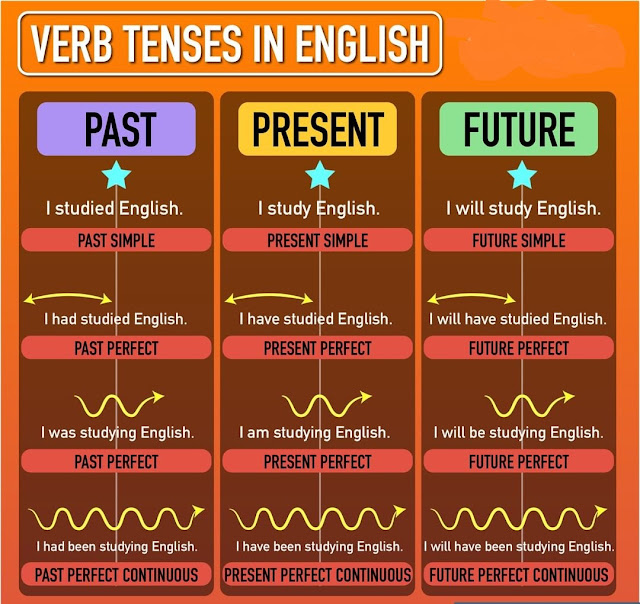Present Perfect Continuous in English
We use the perfect present continuous to express a action that began in the past and has continued or has had an impact. This article will teach you this time.
We use Present Perfect Progressive to express an action that started in the past and the process continues until the present, or its effect on the remaining present. The difference between this time and the perfect state is that in the perfect state the emphasis is on the process and the continuity of the action. First we get acquainted with the structure of this time:
Present Perfect Continuous structure
To make this time, we need the auxiliary verb have and the third form of the verb be, being, and the ing mode of the main verb.
Exceptions in adding ing
1. If the end of the verb was e, it is deleted when converted to gerund, except for verbs whose end is ee, oe, and ye.
Come - coming
Agree - agreeing
2. In British English it is repeated twice if the current ending is L, but in American English it L is repeated once.
travel - travelling
travel - traveling
3. If the end of an verb is ie, it becomes y.
lie - lying
Ask a question
To question this time, it is enough to change the place of the auxiliary verb have / has and the subject.
If we want to ask a question with the words wh, we must first turn the news sentence into a question, then delete the part of the sentence we want to ask about and put the question word at the beginning of the sentence.
Negative
If we put the word not after the auxiliary verb have / has, the verb becomes negative.
I have not been speaking
Present Perfect Continuous applications
1. To emphasize the process of action or the length of action that has been done in the past and has continued until now. Consider the following example:
Aaron has been repairing cars since he was sixteen years old .
2. To express actions that started in the past and most likely will continue or remain in effect until the future. This type of application can be used to answer the questions "From when ...?" Or "How long ...?" used. Consider the following example:
He has been working in this garage for ten years .
3. To express an action that is finished but the effect of that work remains to this day. Consider the following example:
As he has been changing tyres all morning , his clothes are dirty now .



Comments
Post a Comment